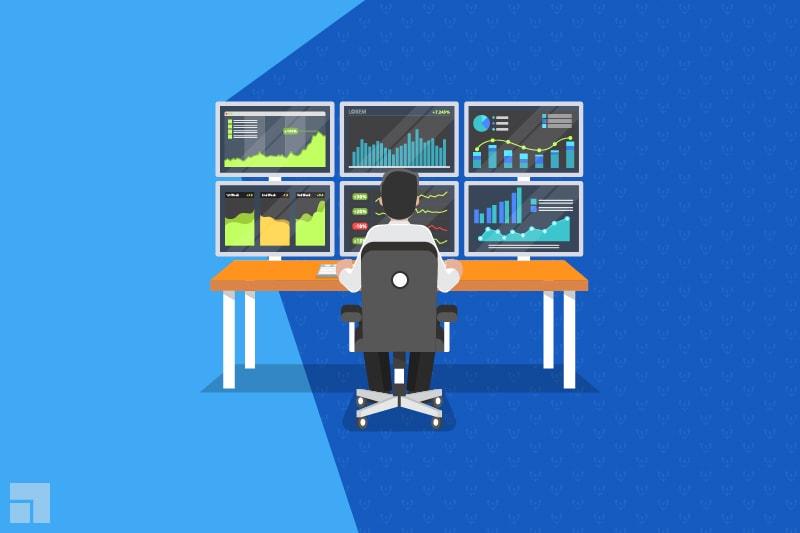In modern times, we often find ourselves evaluating risks in order to make decisions about new technologies and new chemicals. Estimates of risk come to us—from scientists, engineers, and doctors—in the form of statistics that are sometimes hard to grasp, even for experts.
Specialists in the relatively new field of risk assessment offer some suggestions about judging statistics:
We can be critical about data. Is a risk assessment based on historical statistics? Laboratory experiments? How closely do those situations resemble our own?
We can observe how a risk is expressed. Saying there's a point-one percent chance of catastrophe in a certain situation may have a different psychological effect from saying there's a 99.9 percent chance nothing will go wrong.
We can compare the new to the old, the unfamiliar to the familiar: flying versus driving, a nuclear accident versus a dam collapse.
We can compare the risks of two alternatives. We already do this when we balance the risk of getting cancer from bacon treated with sodium nitrite against the risk of getting botulism from bacon not treated with it.
Better decisions require good information, presented in as many ways as possible. Comparing the familiar to the unfamiliar is especially helpful. That's the job of scientists.
Once the scientific part is done, the social part begins. We citizens must interpret the risks in terms of our own values. Sometimes we have to search for the right balance between the interest of the individual and the interest of society.
Then we must judge, decide, act, and live with the consequences.










